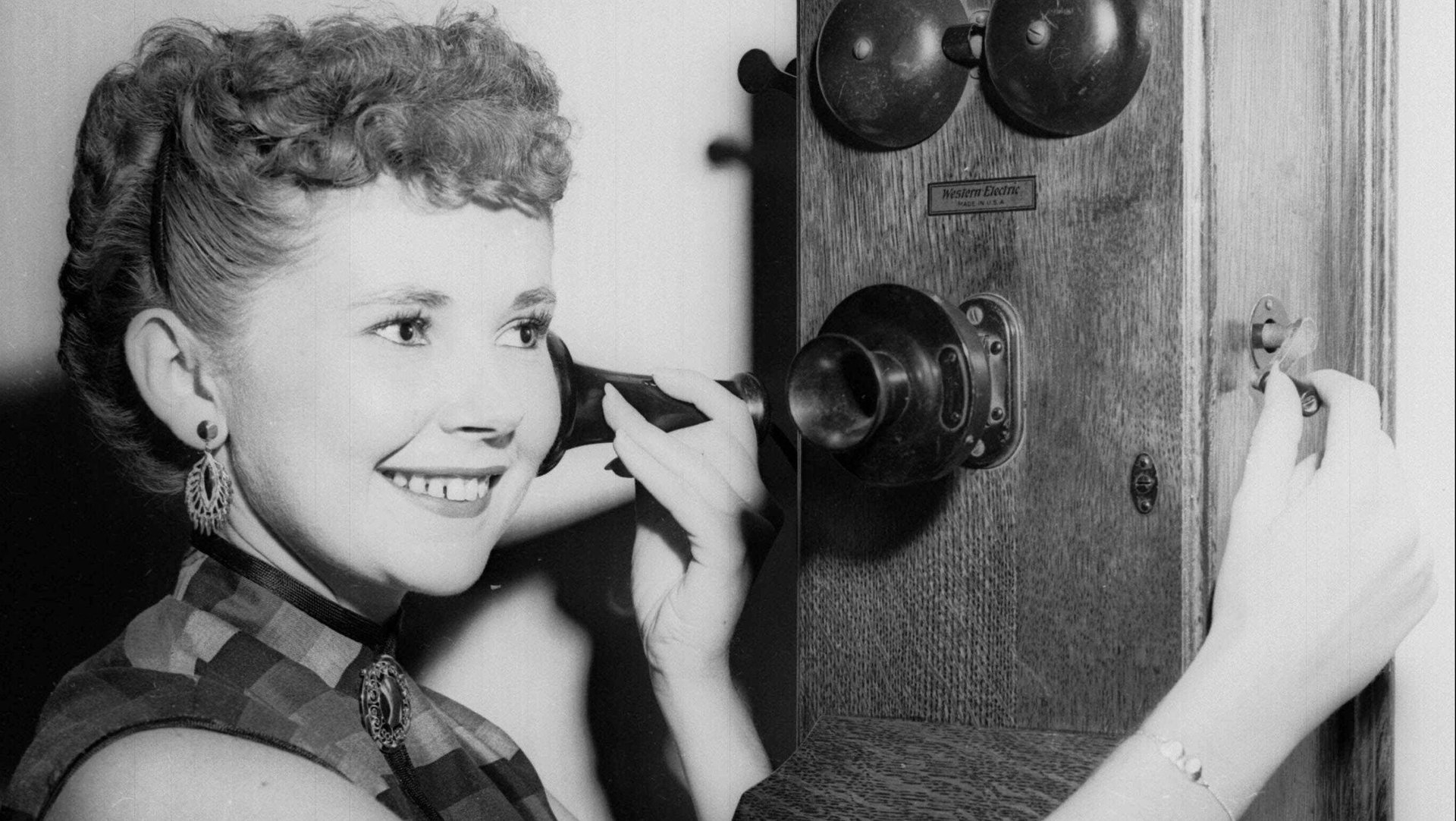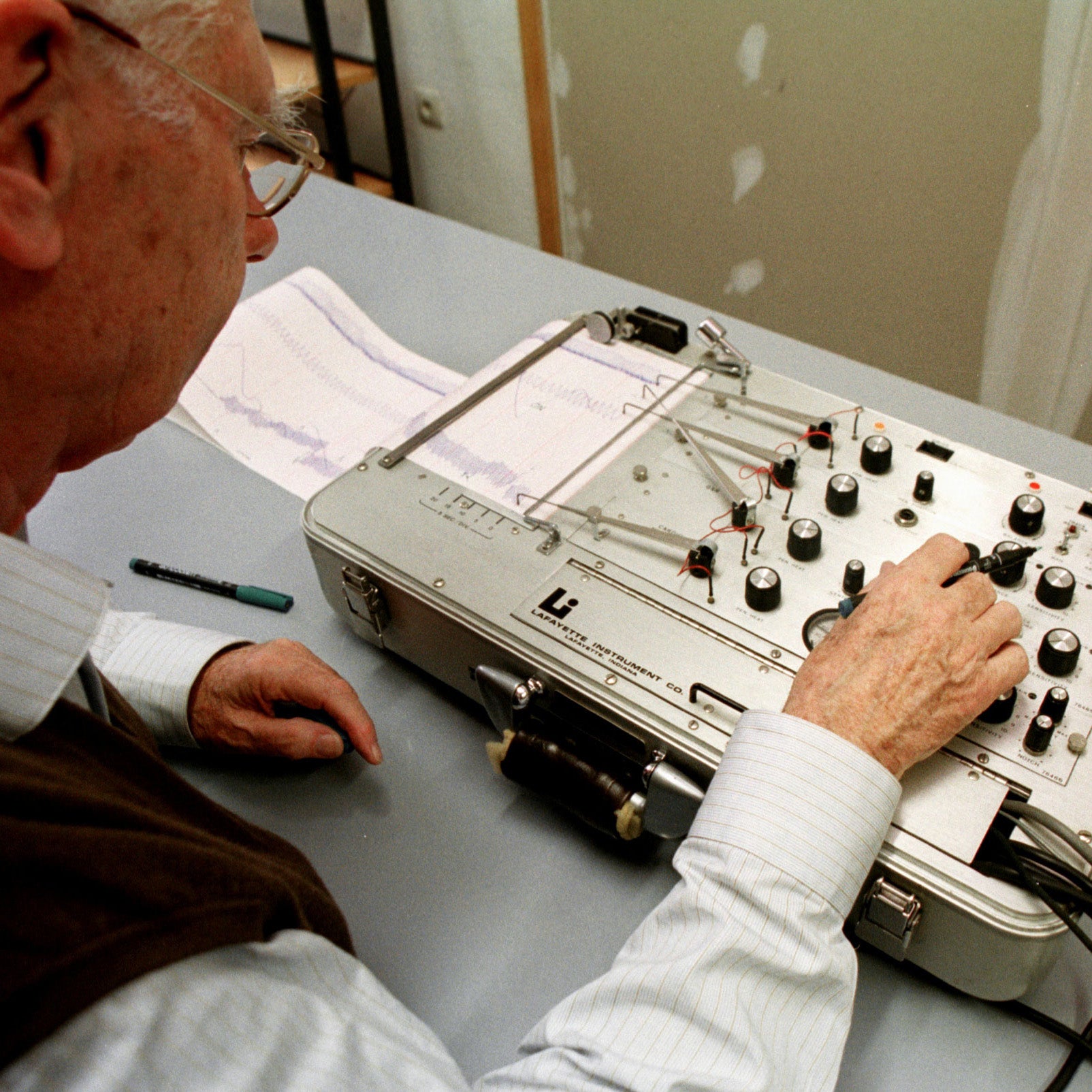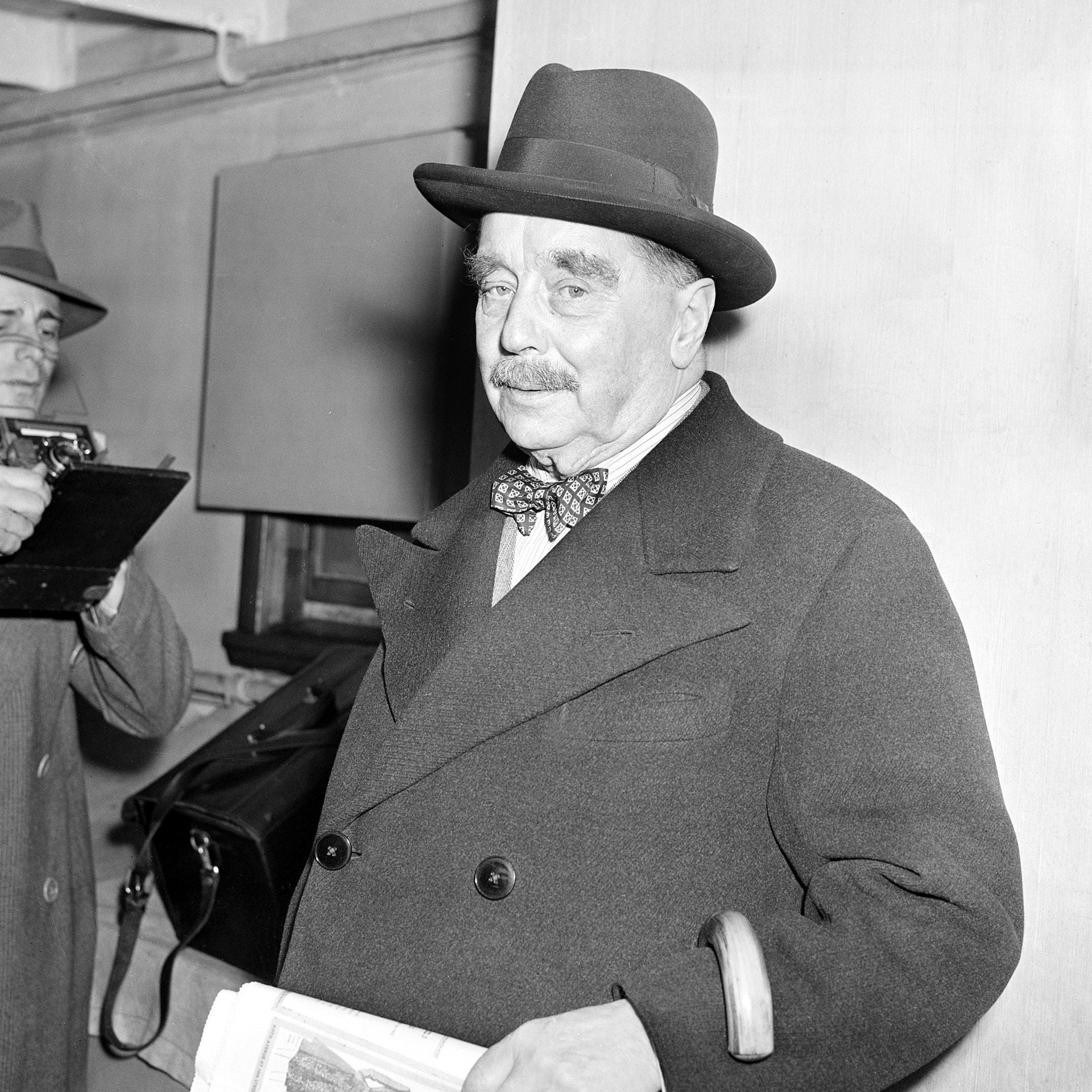Six eerily accurate and hilariously wrong media predictions from the past
From H. G. Wells’s dial-in news hotlines to the “altered facts” of Dr. Who, people have long questioned the shifting reality of how we gather information and the reliability of the news sources that publish it. Despite many proclamations to the contrary, the newspaper is still holding on (just), but other predictions have been scarily on the mark.


From H. G. Wells’s dial-in news hotlines to the “altered facts” of Dr. Who, people have long questioned the shifting reality of how we gather information and the reliability of the news sources that publish it. Despite many proclamations to the contrary, the newspaper is still holding on (just), but other predictions have been scarily on the mark.
As part of What Happens Next, our special project exploring the far-off future of the global economy, we looked at what the thinkers of the past thought the state of truth would look like today. Their predictions remind us that the future is not as certain as we think.
1886 / The everyman
Investigative journalism pioneer W. T. Stead thought journalists didn’t spend enough time talking to real people, such as Naval officers, soldiers, and “the bellman.” The effect of this, he posited, would be a loss of faith from readers, and an inability to accurately reflect the news. Fast-forward to 2016, where analysts claimed that the media’s inability to predict US president Donald Trump’s election success was directly related to a lack of engagement with prospective voters in rural, disaffected areas—the descendants of those Stead described as “poor bagmen, fishwives, and factory lasses.”

1908 / Liar liar
Psychologist Hugo Münsterberg predicted that lie detectors would become “for the student of crime what the microscope is for the student of disease.” Facts could be winnowed out by biotechnology, the theory went, revealing “the hidden feeling” inside. These early technologies often used stopwatch-style chronoscopes as a way to judge how long alleged criminals took to respond to questions, but we’ve now become more sophisticated with our methods. Over a century on, polygraphs are still relied upon for FBI background checks and in criminal cases, even though many say they’re a pseudoscience tool that only reveals anxiety.
1931 / The evolution of empathy
Columbia Journalism School dean Carl Ackerman believed that journalism would help “stabilize the lives of men and women” by humanizing them to one another. This in turn would prevent riots, wars, and bloodshed. As people struggled to come to grips with the growing complexities of government and industry, he told his students it would be journalists who would explain this rapidly developing world to the masses. Present-day views on the press are generally less rosy: Americans, in general, no longer trust the media, while Trump has described the media as the “enemy of the people.”

1943 / Dial N for News
At a British science conference, novelist H. G. Wells foresaw a future in which newspapers and textbooks were relegated to the scrapheap. “The newspaper is as dead as mutton,” he said. Instead, he believed people would ring a news hotline to listen to “a summary of what has been happening in the last two or three hours.” Newspapers aren’t quite dead yet, but they’re on shaky footing. In 1945, there were 1,749 American newspapers; by 2014, and with more than double the population, that number had shrunk to 1,331.
1977 / Alternative facts
In an episode of the cult British sci-fi series Dr Who, the creators envisaged a world in which facts could be twisted to fit one’s views. While attempting to broker peace between the Saveteem and Tesh tribes, the show’s protagonist remarks, “You know, the very powerful and the very stupid have one thing in common: They don’t alter their views to fit the facts. They alter the facts to fit the views.” At the time, it seemed a nonsensical aside—but in 2018, amid a climate of the Trump administration’s so-called “alternative facts,” altered facts seem an entirely reasonable proposition. Meanwhile, journalists have been imprisoned by the Turkish government, and press freedom is under attack, with state-sponsored propaganda on the rise.
1990 /
PhotoShopped
“You can’t always believe your own eyes,” said an editorial in tech magazine InfoWorld. “That’s the lesson from some new image manipulation packages.” High-tech editing software (such as the early edition of Adobe PhotoShop) had gone mainstream, and now anyone had the power to make their photo a little more dramatic, pleasing—or totally fake. “The ethics of moving elements in a picture” were unclear, noted Michael J. Miller, who went on to be the editor of PC Magazine for 14 years. He hoped that users would pay close attention to whatever they were looking at, “otherwise, we may never be able to trust a photograph again.”
While most photojournalists do closely follow an ethics code about image manipulation, that hasn’t stopped some from pushing the boundaries. Everyday citizens are just as guilty, delighting in doctoring images of everything from sharks swimming down streets in Texas (as one Twitter user did above) to Marilyn Monroe and Elizabeth Taylor hanging out together. More concerningly, government officials have been caught out, such as a recent case of Iran doctoring missile-launch photos. By the time they’re revealed as fakes, they’ve often already been retweeted thousands of times and travelled the width and breadth of the internet.
What do the experts of today think the truth of tomorrow will look like? Read some current predictions about the Future of Fact.